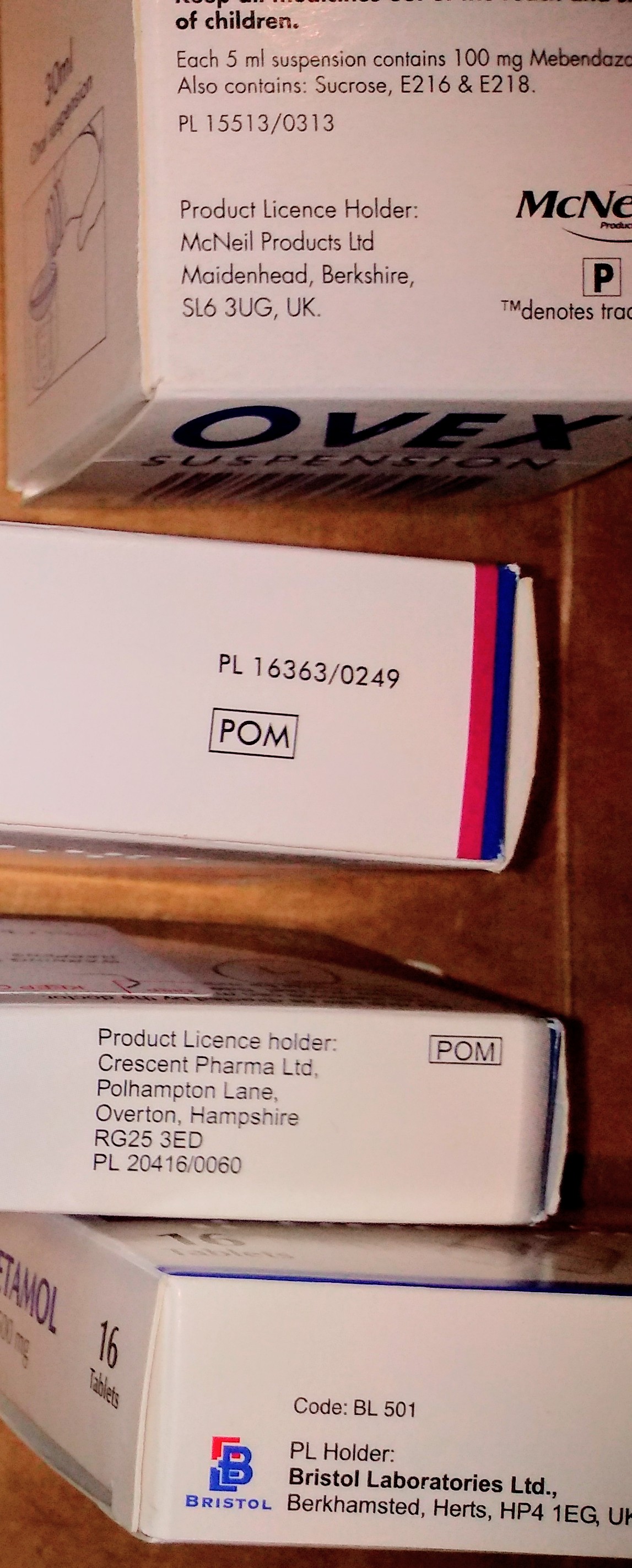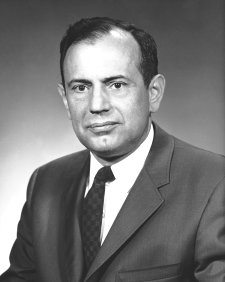|
Average Wholesale Price
In the United States, the average wholesale price (AWP) is a prescription drug term referring to the average price for medications offered at the wholesale level. The metric was originally intended to convey real pricing information to third-party payers, including government prescription drug programs. Commercial publishers of drug pricing data such as Red Book have published AWP data since at least 1970. The pricing information is "based on data obtained from manufacturers, distributors, and other suppliers." However, despite the data source, published AWPs are generally inflated by 20% relative to actual market prices or wholesale acquisition cost for prescription drugs. For decades, AWP has been used to determine third-party reimbursement throughout the health care industry because third party payers have no other reliable method of obtaining real market prices as most contracts contain confidentiality clauses. Reimbursement amounts are typically based on AWP minus some percen ... [...More Info...] [...Related Items...] OR: [Wikipedia] [Google] [Baidu] |
Prescription Drug
A prescription drug (also prescription medication or prescription medicine) is a pharmaceutical drug that legally requires a medical prescription to be dispensed. In contrast, over-the-counter drugs can be obtained without a prescription. The reason for this difference in substance control is the potential scope of misuse, from drug abuse to practicing medicine without a license and without sufficient education. Different jurisdictions have different definitions of what constitutes a prescription drug. In North America, ℞, usually printed as "Rx", is used as an abbreviation of the word "prescription". It is a contraction of the Latin word "''recipe''" (an imperative form of "recipere") meaning "take". Prescription drugs are often dispensed together with a monograph (in Europe, a Patient Information Leaflet or PIL) that gives detailed information about the drug. The use of prescription drugs has been increasing since the 1960s. Regulation Australia In Australia, the Standar ... [...More Info...] [...Related Items...] OR: [Wikipedia] [Google] [Baidu] |
Non-disclosure Agreement
A non-disclosure agreement (NDA) is a legal contract or part of a contract between at least two parties that outlines confidential material, knowledge, or information that the parties wish to share with one another for certain purposes, but wish to restrict access to. Doctor–patient confidentiality (physician–patient privilege), attorney–client privilege, priest–penitent privilege and bank–client confidentiality agreements are examples of NDAs, which are often not enshrined in a written contract between the parties. It is a contract through which the parties agree not to disclose any information covered by the agreement. An NDA creates a confidential relationship between the parties, typically to protect any type of confidential and proprietary information or trade secrets. As such, an NDA protects non-public business information. Like all contracts, they cannot be enforced if the contracted activities are illegal. NDAs are commonly signed when two companies, individu ... [...More Info...] [...Related Items...] OR: [Wikipedia] [Google] [Baidu] |
Pharmaceutical Industry
The pharmaceutical industry discovers, develops, produces, and markets drugs or pharmaceutical drugs for use as medications to be administered to patients (or self-administered), with the aim to cure them, vaccinate them, or alleviate symptoms. Pharmaceutical companies may deal in generic or brand medications and medical devices. They are subject to a variety of laws and regulations that govern the patenting, testing, safety, efficacy using drug testing and marketing of drugs. The global pharmaceuticals market produced treatments worth $1,228.45 billion in 2020 and showed a compound annual growth rate (CAGR) of 1.8%. History Mid-1800s – 1945: From botanicals to the first synthetic drugs The modern era of pharmaceutical industry began with local apothecaries that expanded from their traditional role of distributing botanical drugs such as morphine and quinine to wholesale manufacture in the mid-1800s, and from discoveries resulting from applied research. Intentional drug ... [...More Info...] [...Related Items...] OR: [Wikipedia] [Google] [Baidu] |
Average Manufacturer Price
The Centers for Medicare & Medicaid Services (CMS), is a federal agency within the United States Department of Health and Human Services (HHS) that administers the Medicare program and works in partnership with state governments to administer Medicaid, the Children's Health Insurance Program (CHIP), and health insurance portability standards. In addition to these programs, CMS has other responsibilities, including the administrative simplification standards from the Health Insurance Portability and Accountability Act of 1996 (HIPAA), quality standards in long-term care facilities (more commonly referred to as nursing homes) through its survey and certification process, clinical laboratory quality standards under the Clinical Laboratory Improvement Amendments, and oversight of HealthCare.gov. CMS was previously known as the Health Care Financing Administration (HCFA) until 2001. CMS actively inspects and reports on every nursing home in the United States. This includes maintaini ... [...More Info...] [...Related Items...] OR: [Wikipedia] [Google] [Baidu] |
Wholesale Acquisition Cost
Wholesale acquisition cost is the price of a medication set by a pharmaceutical manufacturer in the United States when selling to a wholesaler. Generally 20% is added to create the average wholesale price In the United States, the average wholesale price (AWP) is a prescription drug term referring to the average price for medications offered at the wholesale level. The metric was originally intended to convey real pricing information to third-party .... References Drug pricing {{pharma-stub ... [...More Info...] [...Related Items...] OR: [Wikipedia] [Google] [Baidu] |
National Average Drug Acquisition Cost
The National Average Drug Acquisition Cost (NADAC) is the approximate invoice price pharmacies pay for medications in the United States. This applies to chain and independent pharmacies but not mail order and specialty pharmacies. Rebates pharmacies may receive after paying an invoice are not included. The NADAC data is calculated by the Centers for Medicare and Medicaid Services. History It was created in 2012. See also *Average wholesale price In the United States, the average wholesale price (AWP) is a prescription drug term referring to the average price for medications offered at the wholesale level. The metric was originally intended to convey real pricing information to third-party ... References {{Reflist External linksNADAC data from Medicaid Drug pricing Medicare and Medicaid (United States) ... [...More Info...] [...Related Items...] OR: [Wikipedia] [Google] [Baidu] |
Consumer Protection
Consumer protection is the practice of safeguarding buyers of goods and services, and the public, against unfair practices in the marketplace. Consumer protection measures are often established by law. Such laws are intended to prevent businesses from engaging in fraud or specified unfair practices in order to gain an advantage over competitors or to mislead consumers. They may also provide additional protection for the general public which may be impacted by a product (or its production) even when they are not the direct purchaser or consumer of that product. For example, government regulations may require businesses to disclose detailed information about their products—particularly in areas where public health or safety is an issue, such as with food or automobiles. Consumer protection is linked to the idea of consumer rights and to the formation of consumer organizations, which help consumers make better choices in the marketplace and pursue complaints against businesses. ... [...More Info...] [...Related Items...] OR: [Wikipedia] [Google] [Baidu] |
Prescription Drug Prices In The United States
Prescription drug list prices in the United States continually rank among the highest in the world. The high cost of prescription drugs became a major topic of discussion in the 21st century, leading up to the American health care reform debate of 2009, and received renewed attention in 2015. One major reason for high prescription drug prices in the United States relative to other countries is the inability of government-granted monopolies in the American health care sector to use their bargaining power to negotiate lower prices and that the American payer ends up subsidizing the world's R&D spending on drugs. According to a comprehensive 2021 review of the existing literature, the United States had higher prescription drug prices than all 32 comparison countries. The United States had 256% higher prescription drug prices than the comparison countries. History Pharmaceutical drugs are the only major health care service in which the producer is able to set prices with littl ... [...More Info...] [...Related Items...] OR: [Wikipedia] [Google] [Baidu] |
Health Care In The United States
The United States far outspends any other nation on health care, measured both in ''per capita'' spending and as a percentage of GDP. Despite this, the country has significantly worse healthcare outcomes when compared to peer nations. The United States is the only developed nation without a system of universal health care, with a large proportion of its population not carrying health insurance, a substantial factor in the country's excess mortality. Healthcare is provided by many distinct organizations, made up of insurance companies, healthcare providers, hospital systems, and independent providers. Health care facilities are largely owned and operated by private sector businesses. 58% of community hospitals in the United States are non-profit, 21% are government-owned, and 21% are for-profit. According to the World Health Organization (WHO), the United States spent $9,403 on health care per capita, and 17.9% on health care as percentage of its GDP in 2014. Healthcare cove ... [...More Info...] [...Related Items...] OR: [Wikipedia] [Google] [Baidu] |
Average Price Per Unit
A product's average price is the result of dividing the product's total sales revenue by the total units sold. When one product is sold in variants, such as bottle sizes, managers must define "comparable" units. Average prices can be calculated by weighting different unit selling prices by the percentage of unit sales (mix) for each product variant. If we use a standard, rather than an actual mix of sizes and product varieties, the result is price per statistical unit. Statistical units are also called equivalent units. Average price per unit and prices per statistical unit are needed by marketers who sell the same product in different packages, sizes, forms, or configurations at a variety of different prices. As in analyses of different channels, these product and price variations must be reflected accurately in overall average prices. If they are not, marketers may lose sight of what is happening to prices and why. If the price of each product variant remained unchanged, for ex ... [...More Info...] [...Related Items...] OR: [Wikipedia] [Google] [Baidu] |
Reimbursement
Reimbursement is the act of compensating someone for an out-of-pocket expense by giving them an amount of money equal to what was spent. Companies, governments and nonprofit organizations may compensate their employees or officers for necessary and reasonable expenses; under US law, these expenses may be deducted from taxes by the organization and treated as untaxed income for the recipient provided that accountability conditions are met. UK law provides for deductions for travel and subsistence. Reimbursement is also provided for supply, day care, mobile, medical, or education expenses, as determined by the payer. Similarly, a university, academic conference, or business conference may reimburse the expenses of an invited speaker or attendee. Reimbursement is also used in insurance, when a provider pays for expenses after they have been paid directly by the policy holder or another party. This is especially relevant in health insurance, due to urgency, high costs, and administ ... [...More Info...] [...Related Items...] OR: [Wikipedia] [Google] [Baidu] |
Wholesale Acquisition Cost
Wholesale acquisition cost is the price of a medication set by a pharmaceutical manufacturer in the United States when selling to a wholesaler. Generally 20% is added to create the average wholesale price In the United States, the average wholesale price (AWP) is a prescription drug term referring to the average price for medications offered at the wholesale level. The metric was originally intended to convey real pricing information to third-party .... References Drug pricing {{pharma-stub ... [...More Info...] [...Related Items...] OR: [Wikipedia] [Google] [Baidu] |


_(6982162417).jpg)

